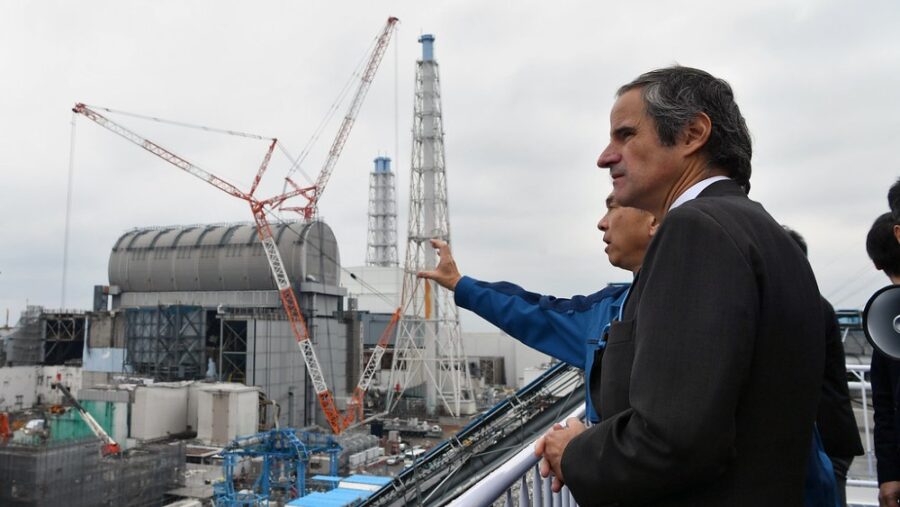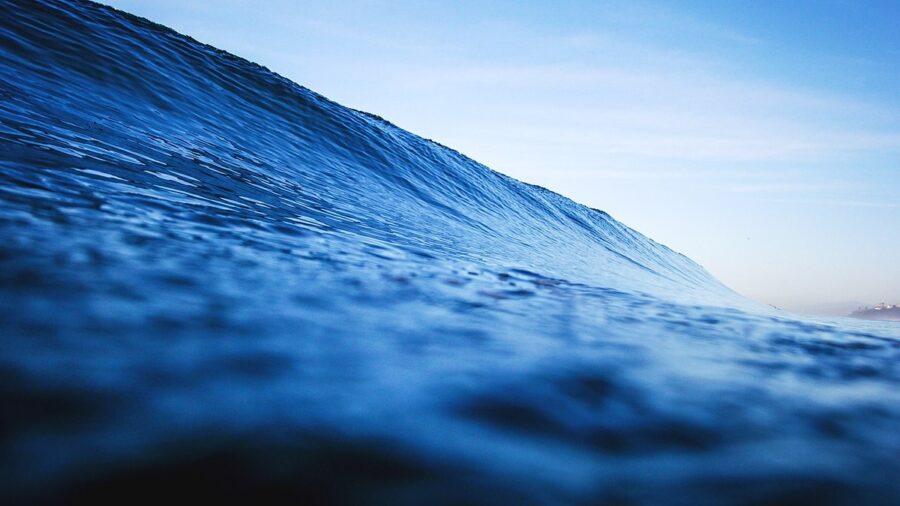Nuclear Waste Water Officially Being Pumped Into Oceans

Japan has decided to release nuclear waste water from the Fukushima-Daiichi plant into the ocean. The plant, which is no longer operational, suffered major damage from a 9.0 magnitude earthquake and tsunami that hit Japan on March 11, 2011. The controversial disposal process, set to begin on August 24, has stirred concerns about environmental safety.
Contaminated water that has been accumulating in the disabled Fukushima-Daiichi nuclear power plant since it suffered major damage in the 2011 earthquake and tsunami will be released into the ocean after an intense filtration process.
According to Science Alert, the Fukushima-Daiichi nuclear disaster resulted in the daily accumulation of 100,000 liters (26,500 gallons) of contaminated water. These larger volumes of water result from cooling the damaged reactors, groundwater infiltration, and rain. This has led to a major storage issue, with over 1.34 million tons of nuclear waste water with no place to go.
The liquid is currently stored in steel containers at the plant’s site. After years of deliberation, in 2021, Japan’s authorities decided that releasing approximately 500,000 liters of nuclear waste water into the ocean per day via a one-kilometer-long pipe was the best solution. Fortunately, the dangerous contaminants will be removed from the water before release.
TEPCO operators at the Fukushima plant will use a sophisticated treatment system called Advanced Liquid Processing System to purify the nuclear waste water. This system has successfully removed all radioactive elements from the water except for tritium. TEPCO has also taken measures to dilute the water to reduce its radioactivity levels to 1,500 becquerels per liter (Bq/L).
The fishing industry in Japan is also deeply concerned about the potential impact of nuclear waste water on seafood exports.
This figure is well below the 60,000 Bq/L national safety standard. Experts in the nuclear field have weighed in on the safety of releasing this treated nuclear waste water. Tony Hooker, a nuclear specialist from the University of Adelaide, notes that the tritium levels are well below the World Health Organization’s drinking water limit of 10,000 Bq/L.
Hooker also explained that tritium is regularly released from nuclear facilities worldwide without significantly detrimental effects on the environment. Furthermore, the International Atomic Energy Agency (IAEA), a UN atomic watchdog, has endorsed the nuclear waste release, asserting that it aligns with international standards and will not cause harm.
The World Reacts
However, not everyone agrees with this decision. Greenpeace has raised concerns about the efficacy of nuclear waste water filtration technology and criticized the IAEA for neglecting the ongoing contamination of groundwater from highly radioactive fuel debris. Some citizens, like Yukio Kanno, a Fukushima resident, fear the release could spread radioactive elements globally.

International reactions to the release vary. China has criticized Japan’s decision, likening the Pacific Ocean to a “sewer” and imposing stringent radiation tests on Japanese food imports. South Korea has seen public demonstrations and even panic-buying of sea salt.
The fishing industry in Japan is also deeply concerned about the potential impact of nuclear waste water on seafood exports.
Meanwhile, Japan’s government has launched a campaign to allay fears and misinformation regarding the nuclear waste water release. Efforts include study tours of Fukushima and live-streaming videos of fish living in the wastewater to demonstrate safety. Additionally, Tokyo has worked to counter disinformation spread online, such as rumors of bribery involving the IAEA.
Removing dangerous nuclear fuel and radioactive waste from damaged reactors is another looming task. TEPCO’s plan to use robots for this task is met with trepidation due to the high radiation levels that might hinder the remote-controlled machines. This colossal endeavor is estimated to span three to four decades and cost approximately $55 billion.












